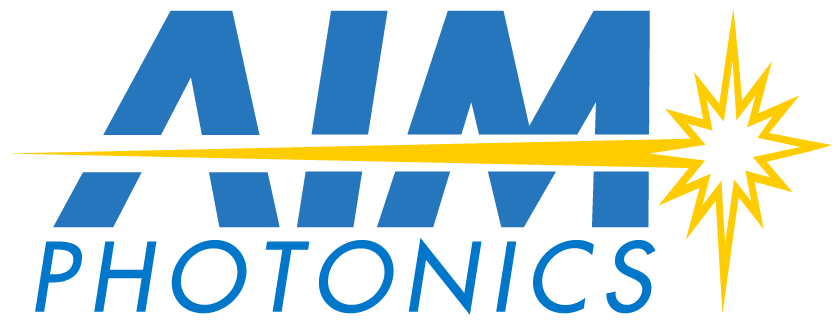Learn Fabless Design of Photonic Integrated Circuits
AIM Photonics announced today that registration is now open for its most popular online course, “PIC1: Fabless Design of Photonic Integrated Circuits within the AIM Foundry.”
The course, which runs from October 11–December 20, is conducted entirely online and is designed for academics and professionals who are interested in learning how to tape out a photonic integrated circuit (PIC) design.
“Anyone with an electronic chip design background can learn the key concepts of integrated photonics and apply it to one of the main applications of integrated photonics: transceivers,” said Stefan Preble, Professor in the Kate Gleason College of Engineering at the Rochester Institute of Technology and lead instructor for the course.
“This course equips participants at all levels with the skills needed to work with EPDA tools, use a process design kit (PDK), and create a PIC layout,” he added.
The 10-week instructor-led online course guides students through the step-by-step process of designing a transceiver. Participants have access to AIM Photonics Virtual Design Center to work online with the industry-standard software and PDK library components to create an integrated photonics circuit design project.
Throughout the course, participants will learn how to interpret design guides, leverage hierarchical design, and ensure that the design can be manufactured through design rule checking (DRC). The course also teaches students how to model photonic devices and create compact models for them; how to simulate, layout, and DRC-check a PIC; and create modular building blocks and address performance trade-offs in fabless circuit design. Finally, the course culminates in the tape-out of an electro-optically active PIC chip suitable for fabrication at AIM Photonics.
“While this course is focused on designing a transceiver specifically for manufacturing at the AIM Photonics foundry, the skills that are learned are universal,” he added. “I’ve found many of the participants use this course to help them design other relevant projects. I’m always willing to provide them feedback on their specific project designs—whether it be sensors, quantum, LiDAR, and more—and answer any questions they have.”
Although many of the participants are either graduate-level or upper-level undergraduate students currently enrolled in photonics programs at colleges and universities throughout the country, Preble said that both start-ups and large companies can (and do) benefit from having this type of design expertise in-house, as well.
“The rapid rate of development of integrated photonics technologies—which are used in a wide range of modern applications such as cloud computing, high-speed mobile wireless, smart sensing, neuromorphic computing, and augmented/virtual reality—has outpaced the availability of skilled workers in the industry,” Preble said. “Rather than relying on the academic pipeline to fill in the knowledge gap, it makes practical sense for companies to re-skill their existing workforce to adapt to the opportunities posed by these innovative new technologies.”
The course includes eight weeks of synchronous instruction with self-paced video lectures, homework assignments, design project milestones and a weekly webinar. The remaining two weeks of the course are devoted to the PIC design project, including the submission of a final report and GDS design file.
Upon completion of the course, the best tape-out design submissions will be selected for inclusion in an AIM Photonics MPW run.
Preble leads a team of other industry-renowned integrated photonics experts in teaching the course, including:
Jaime Cardenas, Assistant Professor in the Institute of Optics at the University of Rochester. Cardenas will provide instruction on the use of EPDA tools.
Greg Howland, Assistant Professor of Physics in the School of Physics and Astronomy at the Rochester Institute of Technology. Howland will lead the photodetector design and modeling topics.
Erik Verlage, Research Scientist at MIT’s Department of Materials Science and Engineering. Verlage will demonstrate how students can use virtual reality simulations in developing their PIC design
Lionel Kimerling, Thomas Lord Professor of Materials Science and Engineering at MIT. Kimerling will wrap up the course with a “big picture” overview with a lecture on Looking Behind the PDK and Electronic-Photonic Convergence.
The cost for the course is $599, which includes 200 hours of user access to the AIM Photonics Virtual Design Center. Online registration will remain open until October 18, but participants are strongly encouraged to register in advance to avoid falling behind.
Additional details, as well as a link to register, can be found at www.aimphotonics.com/online-courses-posts/pic1

